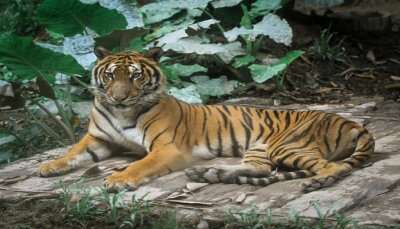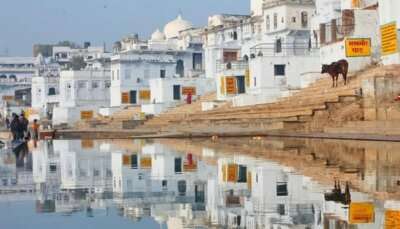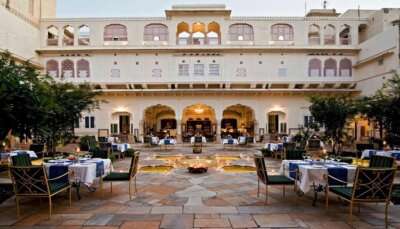Experience The Richness Of Buddhism In Sikkim At Saga Dawa In 2026
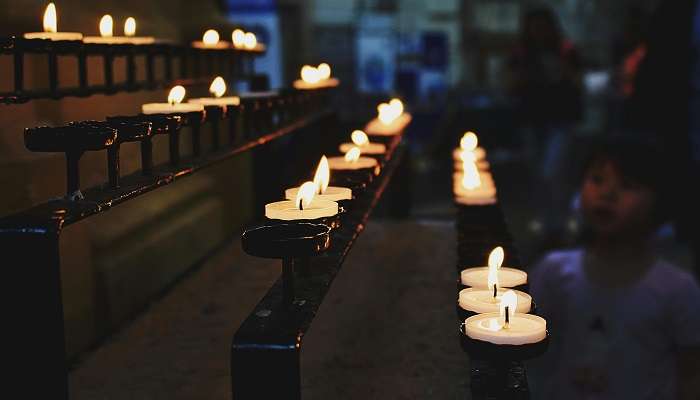
Experience the soul of Sikkim in the holy month of Saga Dawa, which is celebrated in Buddhism. As a traveller passionate about culture and personal growth, you’ll witness history come alive against the stunning backdrop of the Eastern Himalayas. The festival is celebrated to mark the birth of Buddha, his enlightenment, and parinirvana. This celebration gives travellers a thrilling experience of exploring the actual side of Buddhist culture rooted in the region. Experience Sikkim’s heartfelt warmth in this captivating celebration of compassion and enlightenment.
Saga Dawa Festival Of Sikkim
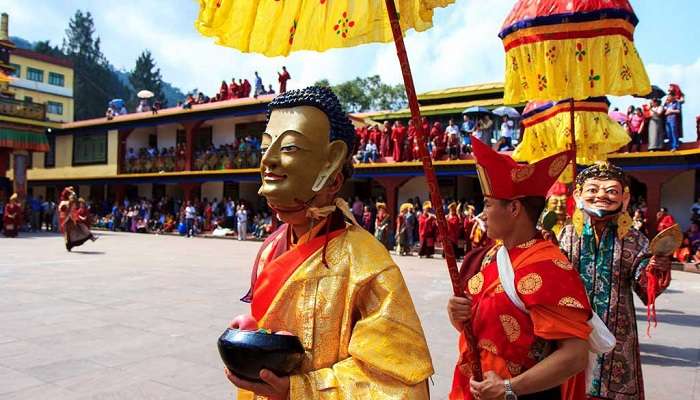
The Saga Dawa festival of Sikkim, also referred to as the Triple Blessed Festival, is one of the most important Tibetan Buddhist gatherings in the fourth lunar month in honour of the birth, enlightenment, and parinirvana of Buddha Shakyamuni. This festival is holy and integrates world travellers or pilgrims. Indeed, ‘new religion enthusiasts’ act in ways that produce merit, such as dhamma yatra, parikrama, and offerings. These are customs and rituals such as chanting, lighting butter lamps, and hanging prayer flags.
Many people become vegetarians or observe a fast to clear up their system.
The spiritual festival focuses on bringing about people’s spiritual development, advocating for religious tolerance, and celebrating culture. While it commemorates three crucial events of the Buddha’s life, all of them are observed on the full moon of the fourth lunar month, which is why this time is so special to Mahayana Buddhists worldwide.
Also Read: Budget Trips To Sikkim
History Of Saga Dawa Festival
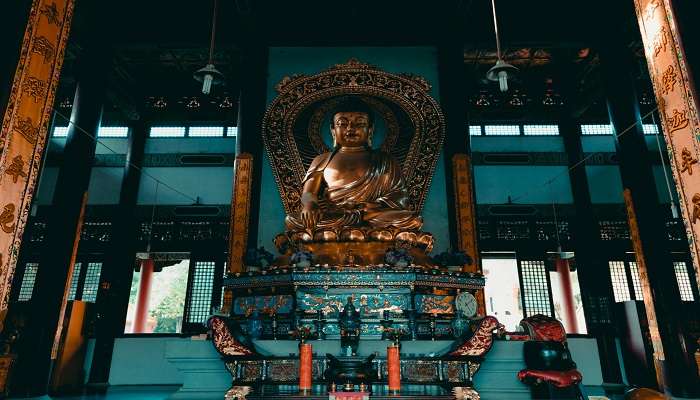
Saga Dawa, also known as Duchen, is an essential Buddhist festival that celebrates Lord Buddha’s life events, namely his birth, enlightenment, and parinirvana. The History of the Saga Dawa Festival dates back to the 7th century, with an official inauguration and recognition in Sri Lanka. It is a celebration performed during the fourth Tibetan lunar month, which comprises merit-making activities, pilgrimage, and other cultural undertakings.
Chokhor has been practised by Tibetan and Sikkim Buddhists for centuries. It is the lucky ceremony, advantageously multiplying good deeds a thousand times. Currently, Saga Dawa is observed worldwide with the primary goal of encouraging individuals to become more religious and mindful.
Saga Dawa Festival Celebration Month
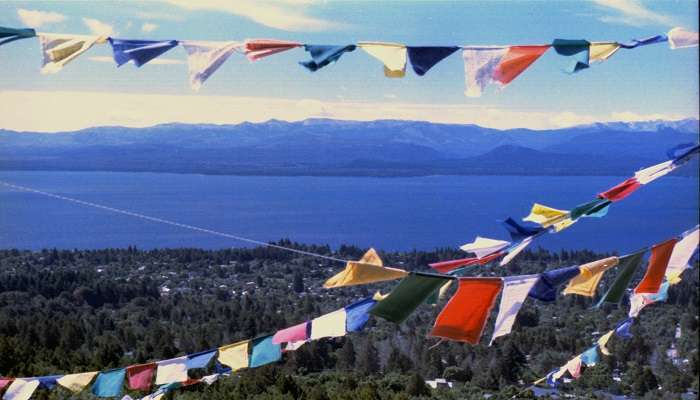
According to Tibetan Buddhist culture, Saga Dawa is the festival of the Buddha Shakyamuni’s birth, enlightenment, and parinirvana. Celebrated usually in May or June of the Gregorian calendar, the exact day may fluctuate yearly as the Tibetan calendar is lunar-solar based.
The full moon day of this month is considered very important and also termed as the Buddhist Lent.
Facts About Saga Dawa Festival

Saga Dawa is a month-long Tibetan Buddhist festival celebrated in reverence for Buddha Shakyamuni’s birth, enlightenment, and parinirvana. As it is performed in the fourth lunar month, it is regarded as the most religious event in Tibet due to its religious tuples.
Lhasa and Mount Kailash are celebration places. Tibetans believe that good deeds performed during this period are rewarded a thousandfold, so people engage in charity and prayers. The festival’s name translates to ‘fourth month’ in Tibetan, when it falls in the year.
Related Posts: Rivers In Sikkim
Other Festivals In Sikkim
Sikkim’s festivals showcase its diverse cultural heritage, blending traditions from various communities. These celebrations offer insight into the state’s vibrant and harmonious spirit.
1. Losar: Tibetan New Year

Losar is the last winter festival, which means the festival welcomes everyone when spring comes to the area. This life is strongly connected with the culture and traditions of Tibet and Buddhism. Festive occasions start from the first of the lunar calendar and typically span for fifteen days. Households are cleaned and garnished with colourful prayer flags, and the rooms have the aroma of spices used in the special preparation of meals. People prepare big meals for their families, and families exchange gifts with each other and visit monasteries to pray for their blessings. We burn juniper science and make offerings to the gods in the hope of good luck for the following year.
Celebration Month: February or March
Duration: 3 to 15 days, depending on the region and specific traditions
2. Maghe Sankranti: Greeting the Sun’s Northward Movement
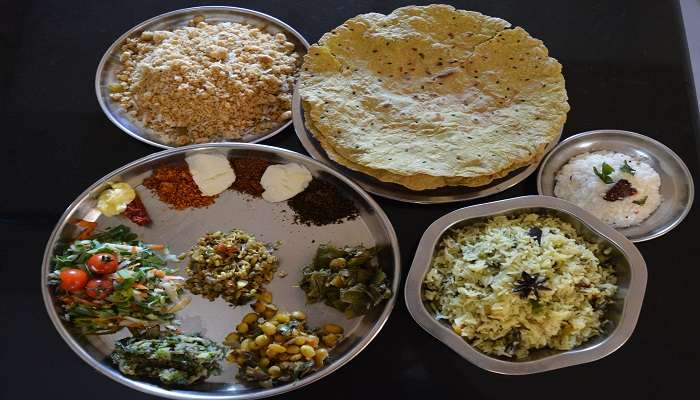
Maghe Sankranti is also a significant festival of the Hindus observed mainly by the Nepali-speaking community of Sikkim. It symbolises the northern journey of the sun on the winter solstice. This blessed day usually comes in the middle of January and marks the onset of spring, as in Asian countries, the days are longer than nights. People immerse themselves in holy waters and eat such products as sesame sweets and ghee. Different families get together to eat special meals of sel roti and chaku. It also includes cultural activities such as dances and songs, mainly folk music and traditional games among the community. For many, it is viewed as a favourable time for change and to start over and cleanse oneself spiritually.
Celebration Month: January
Duration: 1 day
Related Posts: Places To Visit In Sikkim In June
3. Losoong: Sikkimese Harvest Festival

The Losoong or Namsong festival is performed to welcome the Sikkimese New Year and symbolise the harvest season’s end. This happy event takes place in December and lasts for several days. It starts with the lighting of fires and the subsequent burning of the figures believed to chase away evil spirits from the community’s compound. Searing contests are performed in traditional archery competitions, which reflect sportsmanship aspects. Professional actors perform ceremonious dances termed ‘Chaam,’ organised in monasteries and representing Buddhist gods and themes. Special foods are cooked at home, and people wish one another well in the New Year.
Celebration Month: December
Duration: 4 days
4. Bumchu: Sacred Water Festival
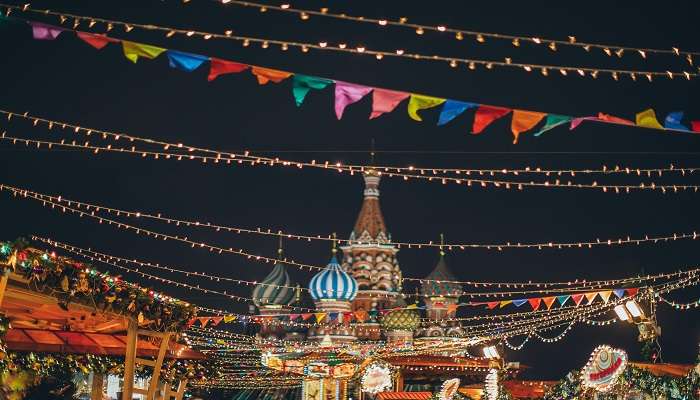
Lingdum Monastery of Sikkim hosts a unique religious festival called Bumchu. The central ritual of this event is dedicated to consecrating a vial with the holy water that Guru Padmasambhava allegedly infused. This age-old Zoth Kalden is celebrated on the 14th and 15th day of the first month of the Tibetan calendar. Priests and senior lamas prepare to conduct many rituals before the final act of unsealing the vase. The remaining water within the vase is considered to have the potential of foreshadowing other occurrences, including agricultural yields, calamities, or a year of welcome peace. On this blessed occasion, devotees and pilgrims from different parts of the Himalayan kingdom and other parts of the country attend.
Celebration Month: February or March
Duration: 1 to 2 days
You May Also Like To Read: Monsoon In Sikkim
While planning your trip to Sikkim, it is advisable to schedule it during the Saga Dawa festival to experience this spiritual journey to the fullest. Pilgrims from across different parts of the world throng Sikkim either to perform circumambulation around the holy stupas or to join the Sikkimese people burning butter lamps during the Saga Dawa festival. This is the perfect time to strengthen the roots of tradition, form new friendships, and maybe find a new level of spirituality surrounded by the stunning sceneries of Sikkim.
For our editorial codes of conduct and copyright disclaimer, please click here.
Cover Image Source: Pexels
Frequently Asked Questions About Saga Dawa
How can I travel to Sikkim during Saga Dawa?
Take a flight to Bagdogra airport which is in West Bengal, after that take a shared taxi or car which will take 4-5 hours to reach Gangtok, the capital city of Sikkim.
Is there any specific diet during Saga Dawa in Sikkim?
Many locals maintain a vegetarian diet during the festival and as such, most restaurants and monasteries prepare foods as no meat is consumed during the festival period.
Can non-Buddhists join the ceremony?
Yes, people of different religions are normally allowed to observe most of the services or even pray without violating their religion’s taboos.
What should I carry with me for the Saga Dawa celebrations?
Bring comfortable casual clothes that are not revealing, a good camera, and some small change for offering or buying those colourful prayer flags.
Is there any prohibition on photography during the festivals?
Although taking photos outside is generally permitted, you should seek permission before taking photos inside monasteries or during religious events.
People Also Read:
Places To Visit In Sikkim Things To Do In Sikkim Places To Visit In North Sikkim

With a passion for exploring and travelling to the roads long forgotten, experience the world through enthralling stories and adventures. Join me as I share my experiences at some of the world’s most popular tourist destinations and quench that pestering curiosity with something exciting!



